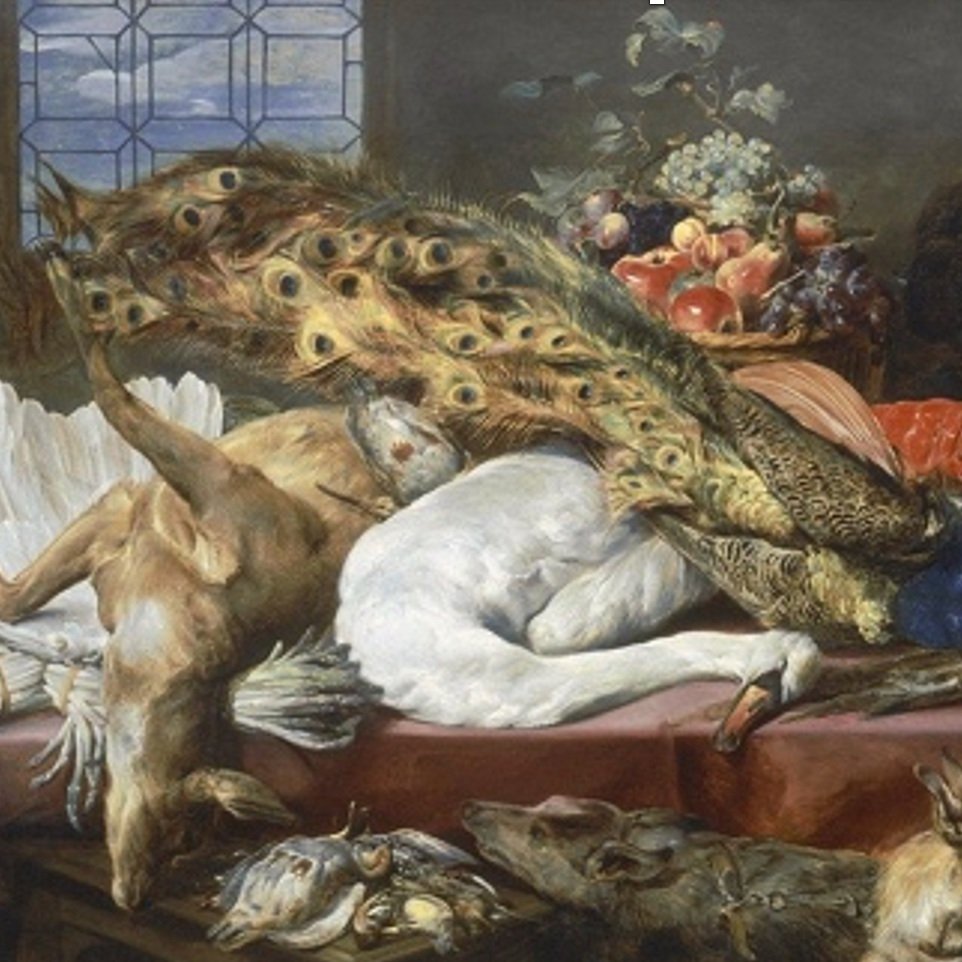 Image 1 of 1
Image 1 of 1


The Art of Food and Wine
Instructor: Lewis Shepard
Time: Wednesdays from 10:30am–12pm
Location: Online on Zoom
Dates: April 24, May 1, 8, 15, 22
Class limited to 12 participants
In the past I have presented American art in a variety of media. I thought I would offer a wider view of the visual arts with a different approach. As I read and use cookbooks, newspapers and online resources, I have been overwhelmed with images of food and drink. Some recent travels, in the U.S. and overseas, have allowed me to broaden my vision.
Some years ago I read Peter Farb and George Armelagos, Consuming Passions, The Anthropology of Eating, 1980 (available on Amazon) which I recommend. It covers so much of world dietary culture and is an insightful and well-written volume. John Varriano ‘s book, Wine, A Cultural History (2010, also available on Amazon) is a beautifully illustrated volume of art historical and material culture. Both books have been inspirational and I recommend them. We will also examine the utensils needed to prepare and eat what has been used now and then.
From the art of the ancient world to the present day we will examine and discuss what, how and why the visual arts have focused on what, how and where we plant, harvest, prepare and serve food and drink. Classical mythologies, Biblical tales and religious rituals, commercial productions and world trade have depicted the changing variety of animal and vegetable substances. Cuisines depend on climate and natural resources expressed in the creation in all modes of the visual arts, especially paintings, drawings, sculpture, prints, and photography. We will look at art from many cultures, drawn from the traditions of the West, as influenced by international exchanges.
Many of the works selected will be from New England museums. The classes will be online with the intention of prompting lively discussions. I will send further suggested readings and subjects for discussion once classes start.
Instructor: Lewis Shepard
Time: Wednesdays from 10:30am–12pm
Location: Online on Zoom
Dates: April 24, May 1, 8, 15, 22
Class limited to 12 participants
In the past I have presented American art in a variety of media. I thought I would offer a wider view of the visual arts with a different approach. As I read and use cookbooks, newspapers and online resources, I have been overwhelmed with images of food and drink. Some recent travels, in the U.S. and overseas, have allowed me to broaden my vision.
Some years ago I read Peter Farb and George Armelagos, Consuming Passions, The Anthropology of Eating, 1980 (available on Amazon) which I recommend. It covers so much of world dietary culture and is an insightful and well-written volume. John Varriano ‘s book, Wine, A Cultural History (2010, also available on Amazon) is a beautifully illustrated volume of art historical and material culture. Both books have been inspirational and I recommend them. We will also examine the utensils needed to prepare and eat what has been used now and then.
From the art of the ancient world to the present day we will examine and discuss what, how and why the visual arts have focused on what, how and where we plant, harvest, prepare and serve food and drink. Classical mythologies, Biblical tales and religious rituals, commercial productions and world trade have depicted the changing variety of animal and vegetable substances. Cuisines depend on climate and natural resources expressed in the creation in all modes of the visual arts, especially paintings, drawings, sculpture, prints, and photography. We will look at art from many cultures, drawn from the traditions of the West, as influenced by international exchanges.
Many of the works selected will be from New England museums. The classes will be online with the intention of prompting lively discussions. I will send further suggested readings and subjects for discussion once classes start.
